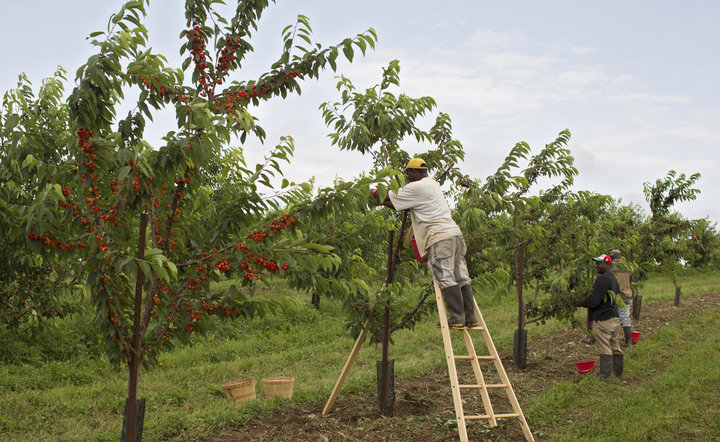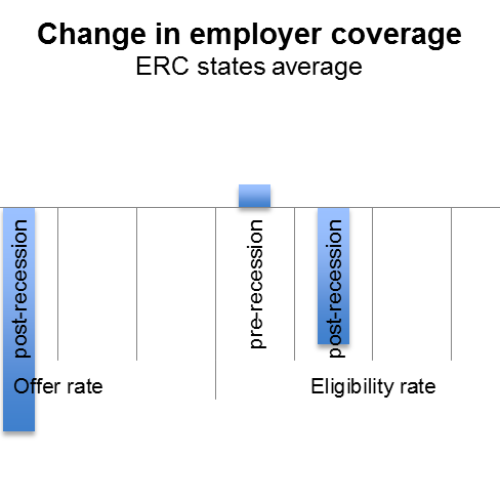On November 8, 2018 the U.S. Department of Labor (DOL) announced proposed changes to the H-2B and H-2A temporary worker visa programs aimed at modernizing and streamlining the recruitment process for seasonal immigrant farm workers.
The H2A program is an important tool for our CSG/ERC region’s farmers to be able to hire experienced, willing, and reliable workers during the growing and harvesting season, particularly vegetable and fruit pickers. The program enables farmers to employ foreign workers on a temporary basis to fill positions local workers are unwilling or unable to do. More than 240,000 H-2A visas were granted in FY 2018, an increase of over 20 percent from last year.

Apple pickers at Fishkill Farms. Fishkill, New York
The proposed change would allow potential employers to post job advertisements online for 14 days, rather than the current requirement of publishing two print ads in a “newspaper of general circulation in the area of intended employment,” thereby reducing costs and streamlining the procedures.
This change will be welcome for a program that has been plagued with problems. However, the program continues to have challenges. According to Farm Credit East, “H-2A employers have reported significant and unexpected delays for the past two years in the processing of labor certifications, visa petitions and interviews for final border crossing, leading to the delayed arrival of workers on farms.”
“DOL is required by statute to respond to completed applications no later than 30 days prior to the farmer’s date of need, a rule which is reportedly not being met in some cases. This can be highly disruptive to growers who count on these workers to perform time-specific tasks such as planting, pruning, harvesting and other critical activities that cannot wait for a paperwork delay.”
Going forward, Farm Credit East’s release noted, “it is imperative that the nation’s temporary visa programs are improved if we are to maintain American agriculture as an ongoing source for abundant, affordable, safe and domestically-produced farm products.”



